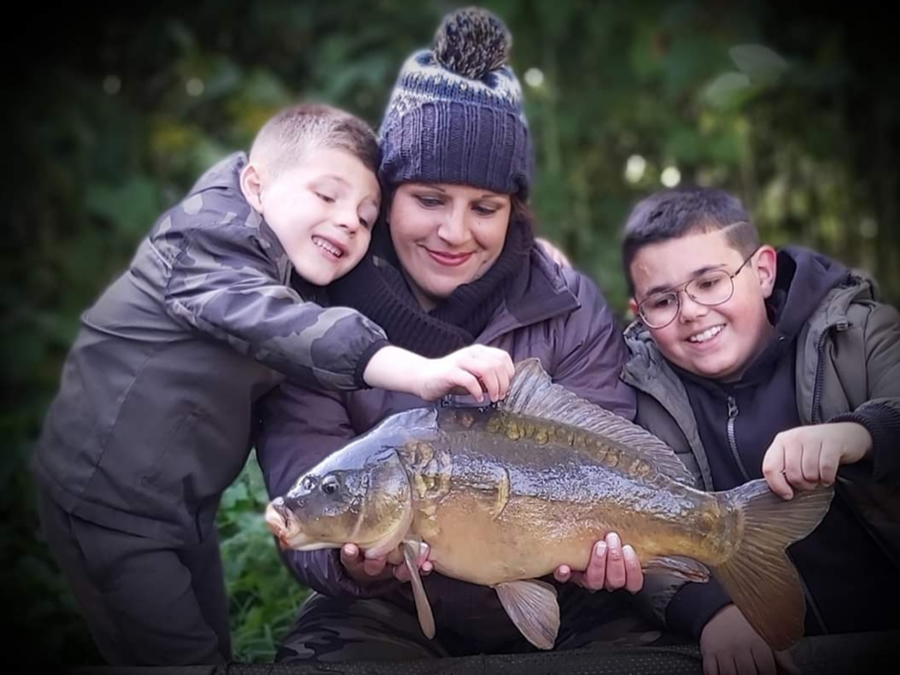
Blogpost
Fishing for Plaice
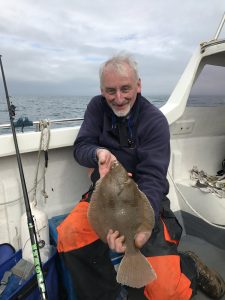 We’ve all been locked down and unable to get out fishing – and of course this time of year is plaice time. By way of reminder what we’re missing Tim Macpherson gives an insight into methods and habits of the plaice.
We’ve all been locked down and unable to get out fishing – and of course this time of year is plaice time. By way of reminder what we’re missing Tim Macpherson gives an insight into methods and habits of the plaice.
Plaice are one of the most popular and obliging fish that we boat anglers target along our coastline. When all else fails, there are usually some plaice to be had. Whether in competition fishing or just for pleasure, they are reliable and, for the most part, great fun to catch and to eat too.
Over the years, I’ve been able to perfect catching these fun fish off the Sussex coast. They are incurably curious and can usually be tempted to have a look at most baits. However, to catch them in numbers, and of a decent size, a little bit more thought needs to go into the process.
Here I attempt to lay out some of the basics for a successful day fishing for plaice.
Drift or anchor
To drift or not to drift? That is the question… Well, of course, it all depends on where you are fishing and what state the tide is in. My preferred method has always been to drift. Plaice are mobile creatures and, in good plaice grounds, you’ll find them scattered over large areas as they hunt for food. Fishing at anchor does work but you need to be sure that a sufficient concentration of fish will be in the area, which usually means a wreck scour or a sandy area with a rocky reef. However, anchoring down can sometimes produce much bigger fish if you pick your spot carefully.
Drifting techniques
When drifting, it is really important to take into account the direction of the wind and the overall speed of the tide. I’ve found, over the years, the optimum drift speed is about one knot, it seems to be the right speed to able to stimulate the fish and gives the rig a good flutter in the tide, keeping it just off the bottom. Any slower the you risk the bait and rig dragging slowly but, too fast and your average plaice will need a motorbike to keep up.
The ideal drift for where I tend to spend a lot of time fishing is wind and tide together, a medium spring tide and a wind speed of around seven knots. That applies to the boats I use. Different boats drift in different ways, so take that into account and, before fishing, spend some time getting the basic drift right. My favourite conditions are a light south-westerly or westerly with a making tide.
However, some of my best catches have been with a cross-wind, this skews the drift so you are travelling across the tide but it also means ebb and flood can work the same way. No wind at all would seem ideal but catch-rates drop when its calm and my theory is that with no wave action, your bait is not being lifted off the bottom by the motion of the boat. Something I believe is crucial to arouse curiosity and stimulate feeding behaviour.
At slack water the fishing can often just die away, mostly because we’re not covering enough ground and moving the bait sufficiently. We get around this in two ways. When in a small enough boat, I have taken to rowing around and this has worked spectacularly on occasions. The other is to ‘bounce’ the bait gently on and off the bottom.
Behaviour
Plaice are curious and active, very often being stimulated to attack a bait from quite a distance. What we’ve seen is that rather than always lying doggo waiting for something to drift over them plaice will be quite happy to come from all directions. They’ll attack all of the tackle, bling, beads and even the lead on occasion, which is why there are times when they seem difficult to hook. They’ll also spend a while mouthing the bait, sucking at the worm but not taking the hook. If another fish turns up they’ll often as not then take the bait. So, a good way to get the take is to just drop the bait back in the tide a bit and when it starts moving again they’ll often grab at it aggressively. Another odd thing is that the much bigger fish often let smaller fish rattle away at the bait. I have no idea why they do this as you’d have thought they’d be first in.
One further tip for when fishing a two-hook rig, particular on a spreader is when one fish seems hooked just leave it down there for half a minute longer, often there will be another fish nearby which will be stimulated to grab the other bait. I hooked and landed a 4lber (on camera) last year and, when I reviewed the footage, I noticed that once that fish was hooked an even bigger one grabbed the other bait but the action of striking dragged the hook out of its mouth. I’ve seen this with smaller plaice too. Furthermore, plaice will often follow the bait off the bottom up to about half depth when you are reeling in, quite often there is another fish following the hooked one up the water column as you play it.
Tackle
My favourite rig is a spreader with a hook on either wing but with a very short snood length, no more than 6 inches long if that. A two-hook dropper rig works well too but I tend not to use running booms, preferring the direct control the fixed boom gives me in terms of bouncing and dropping back in the tide
Rigs and hooks
As with all fishing, people have their own favourites and sometimes stick to them too rigidly. I have a tendency to be like that, but with plaice fishing it’s all about tried-and-trusted rigs which work for specific marks. I use size 1 or 1/0 fine wire Aberdeens and tie my hooks on slightly differently using a loop rather than a traditional blood knot. This creates a knot about 2 inches above the hook and allows for worms to be slid above the knot and kept in a lifelike mode. Plaice are sight hunters and bait presentation really makes a difference.
Bling
Bling works, it helps stimulate the fish into attacking the bait, fluttering spoons and beads particularly luminescent ones always help. But I’ve seen many fine fish caught without anything at all, just a bare hook. As long as the bait is presented, well if they’re feeding hard they’ll take it.
Baits
I’ve taken plaice on frozen, oiled fresh outs and wrapped lug but always presented as much as possible to look like a real worm. I’ve even caught them on black jelly worms. My favourite though is wrapped, at about a tide old so it’s nice and firm, tipped with prawns or failing that a squid strip. Both show up particularly well in low-light conditions, which helps. Squid is more robust but prawns do seem to attract bigger fish. Ragworm works well in areas where that is the predominate polychaete worm in residence. Poole is an example of that. Mackerel strip also works in some places, although I’ve rarely caught plaice on it where I fish.
Plaice are pretty catholic feeders; crabs, small fish, pea mussel, worms, prawns have all been found in their stomachs when I’ve gutted them. The reason worms work, I think, is mainly down to presentation. I’ve tried crab, but I think the presentation just isn’t easy to get right in order to make them look natural. I also think plaice are usually stimulated by the crab’s movement, which is difficult to replicate on a hook being dragged along or anchored to the bottom. I have even caught plaice on sabiki’s but it’s not a prolific method!
Techniques
Simple stuff really, make sure you keep the bait moving, gently bouncing the lead off the bottom does help, particularly on a slowish drift. Underwater footage shows that if you use a watch lead it really does stimulate the fish because more sand and gravel is disturbed. They really do respond to this quite aggressively.
Jim Whippy’s five tips for plaice fishing
-
Plaice can be caught at anchor, but more are caught on the drift. You cover more ground and the movement of the bait will entice the fish to grab it.
-
Spreaders are great for plaice as they give you effectively two bottom hooks. Keep the traces short so they don’t tangle.
-
The old-fashioned watch weight is good for plaice fishing as the knobbles on the lead kick up a trail of sand the plaice will come to investigate.
-
Attractors work for plaice. Several black and green beads on the trace are popular but try black and yellow as this combo looks more like pea mussel that the plaice feed on.
-
Best bait varies in different areas but the basis should be either lugworm or ragworm. These should be tipped off with thin strips of squid, mackerel, razorfish or prawn.
Distribution and habitat
The European plaice is found in the northeast Atlantic from Greenland and Norway as far south as Morocco. It also occurs in the Mediterranean, the White Sea in Russia, and around Estonia. They prefer sandy or gravelly bottom where they can bury themselves in the substrate, although patches near pea-mussel beds or broken ground with boulders can also be extremely productive. Around wrecks and reefs where a sandy scour exists can produce some really big plaice. As with any fish, go where the food is. Pure sand doesn’t seem to be nearly as productive. There are many famous plaice marks around the country, for sheer volume I would favour Sussex waters, particularly in the spring but, for size, it must be the Skerries, the Shambles and other famous west-country marks.
Extensive tagging studies have revealed that the fish are segregated into three discrete feeding aggregations during the summer non-breeding season. Two clusters live in warm, thermally-mixed water in the eastern and western North Sea, respectively, and one is in deeper, cold, thermally-stratified water to the north.
When the sea temperature begins to warm up in the spring, plaice move into shallower inshore water and within range of the shore angler. The first plaice to arrive are often skinny and undernourished, having spent the winter in cold, deep water and fed little. These early season fish can be keen to take a bait and will feed at all times on a wide variety of food sources. As the summer goes on plaice will fatten up and become more selective about the sources of food they take. Eventually, once the autumn begins, plaice will make their way back to offshore waters and prepare to spawn over the winter, repeating the migratory process. During the spring and summer months, plaice are often found in estuaries and can survive quite a low-salinity content of water, although not to the same extent as flounder, and they will not travel up rivers in the same way that flounder do. Being a flatfish, plaice prefer sandy or muddy seabed, but they can also be found in small, sandy patches between mixed and rocky ground.
Spawning and migration
In the winter spawning period, fish from all three aggregations mix together in the southern North Sea, and fish from the eastern and northern subunits spawn in the south-eastern North Sea. The only fish that left the North Sea were western subunit plaice that visit spawning grounds in the eastern English Channel. Studies have found that plaice use tidal streams to migrate.
Monsters and Records
The biggest plaice I’ve ever seen, apart from one dustbin lid I lost at the net a few years back, is a fish of 20lb mounted on the wall of Hastings Fishermen’s Museum. It was dragged up in a trawl twenty-five years ago. According to science, the maximum recorded length is 100cm (40 inches) that’s about 20lbs in weight. The British record is 10lb 3oz and was caught in 1974 in Scotland but a fish of 5lb is a cracker.
This is an edited version of an article originally published in Saltwater Boat Angling
You might also like
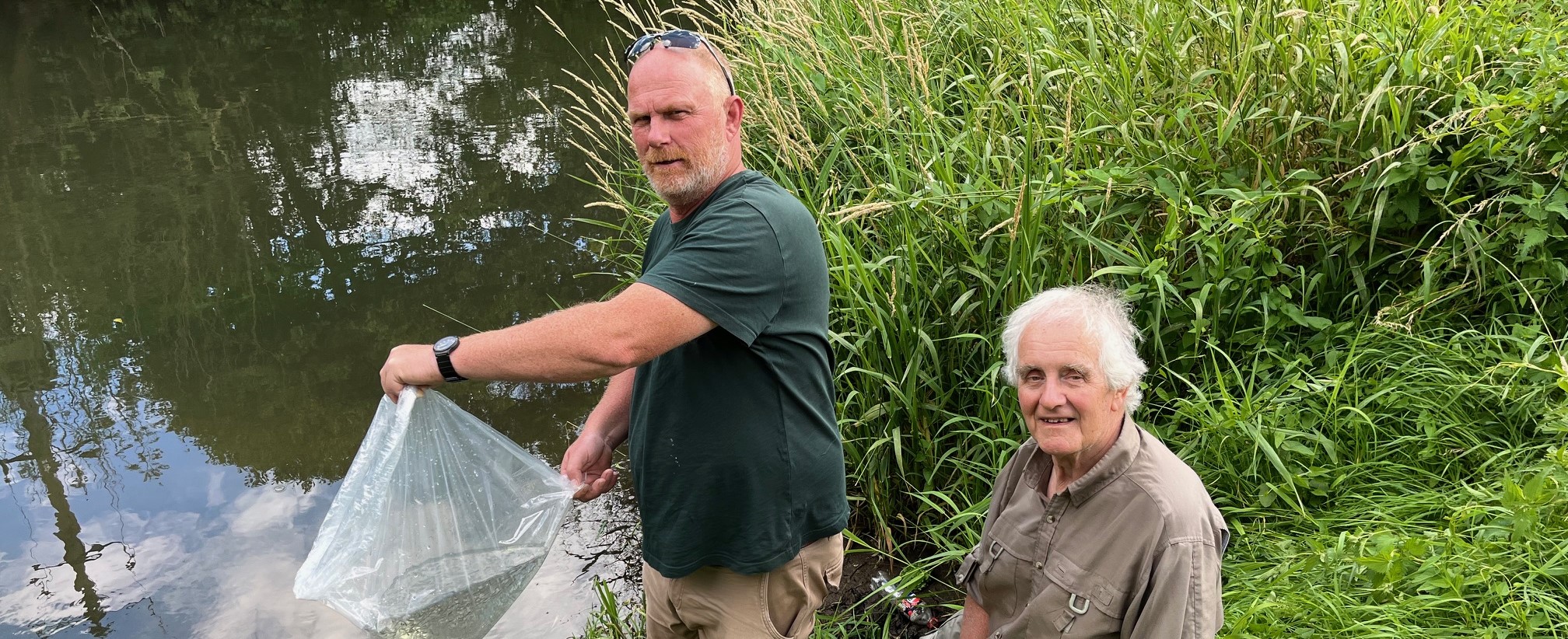
New Kennet Hatchery Releases First Reared Fish

Fishing Books for Kids

UK Recreational Catch-and-Release Bluefin Tuna: A step closer to…
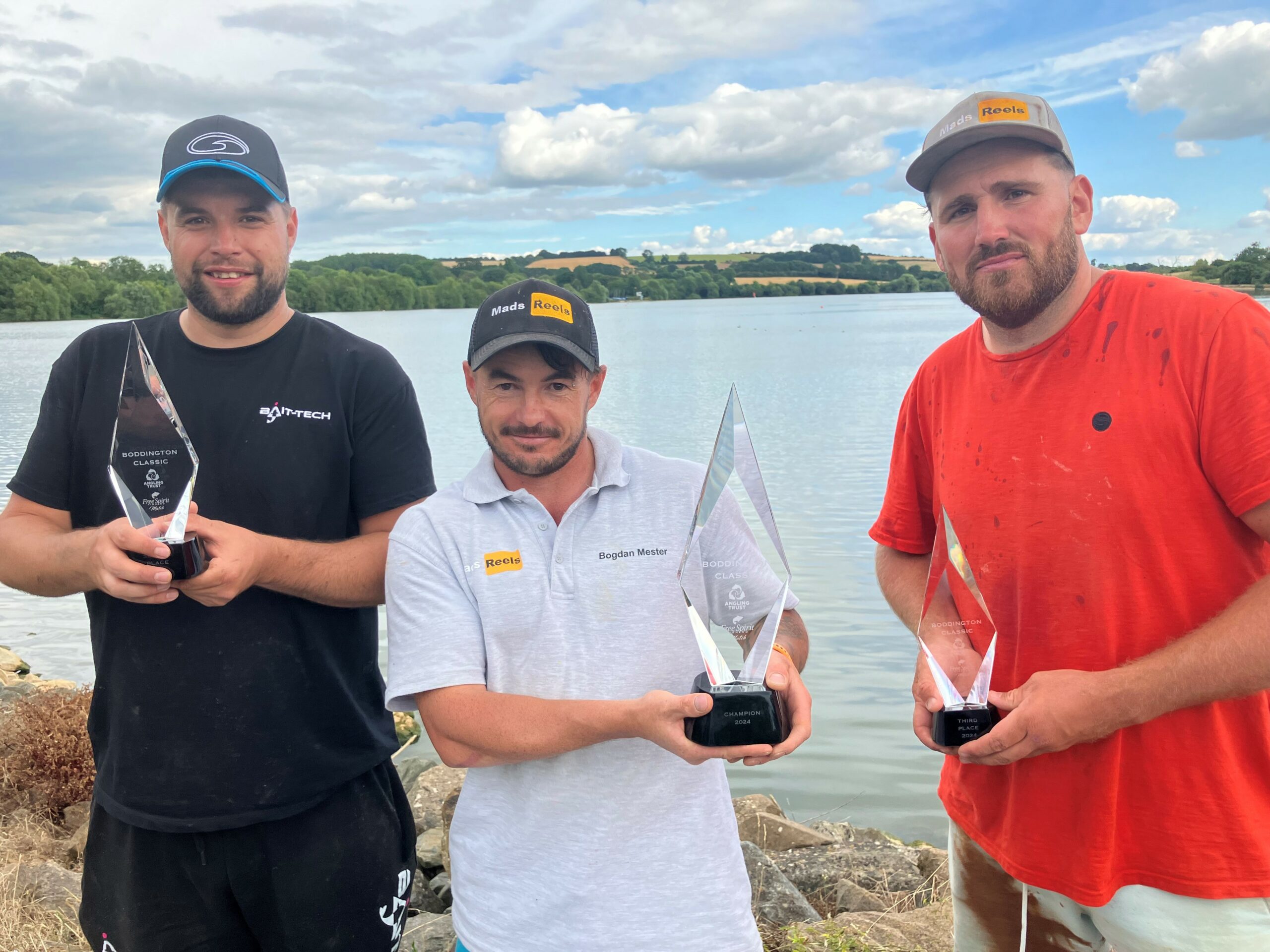
MESTER THE MASTER AT FREE SPIRIT MATCH BODDINGTON CLASSIC…
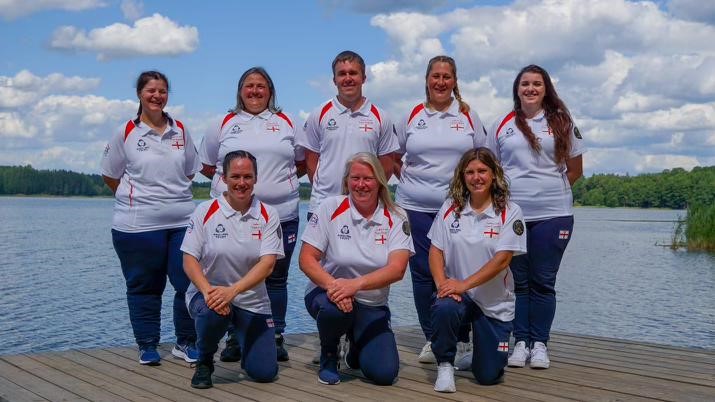
ENGLAND LADIES CARP TEAM MISS MEDAL ON TOUGH LATVIAN…

Angling Trust urges government to go further and faster…

ENGLAND YOUNG GUNS LEAD THE WAY IN HOME NATIONS…

AMAZING ENGLAND COMEBACK SECURES EURO CHAMPS BRONZE

ELLIOT BAGS THIRD NATIONAL WIN AT MARSTON!

PATIENT APPROACH WIN WOMEN’S NATIONAL FOR LEANNE!

Take a Friend Fishing
27th July to 1st September…



